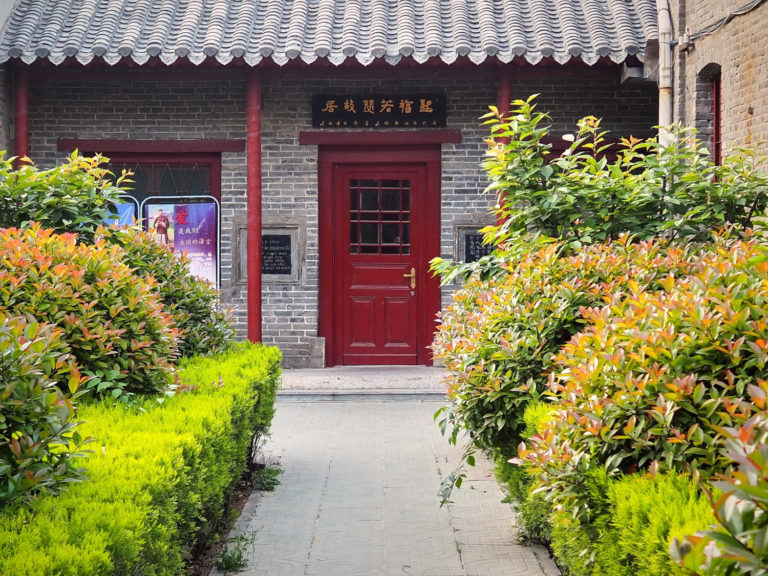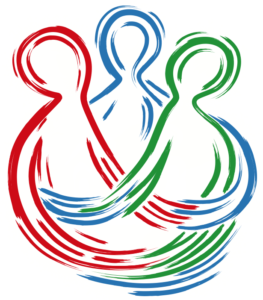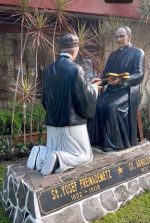Freinademetz thought a great deal of the catechists. They were the backbone of the mission, as both he and Anzer had learned in Hong Kong: “These catechists get on much more easily than we do. They are Chinese, whereas we are called ‘European devils’.” In South Shandong they had a kind of double role at one and the same time: if people from a locality expressed interest in the Christian religion, a catechist was first dispatched there to clarify matters and only after that did a missionary go to visit. It could also be the other way round; a foreign priest aroused curiosity and then the catechist remained in the locality to continue the work. The majority of small communities in the villages were headed by a catechist.
Freinademetz regarded the catechists as more than just helpers of the missionaries. To him they were genuine apostles, and as community leaders they shared in the pastoral mandate. In 1893/94, as director of the catechists’ training courses, he compiled a rule specifically for them (in Chinese and Latin). There he wrote first of their vocation: “Remember this! God chose you especially from among so many!” He regarded the necessary commission by the bishop as a sign of unity and at the same time a mandate to share in the Church’s pastoral and teaching ministry: “When you now go out to proclaim the faith, are you not in truth apostles of Christ? When the people are going astray like sheep without a shepherd, you are to help and pasture them.” When we reflect that the majority of the catechists had only been baptized for a few years, we can gauge the measure of trust placed in them. All the greater, of course, was Fr. Freinademetz’ disappointment when catechists neglected their duties or gave up their faith.
He viewed their task within a broader context: “After the time of the great emperors and the great wise men, the old virtues are beginning to disappear in China. Serious-minded persons are looking out for people who, like the apostles of Jesus, preach and show the right path. You, dear Catechists, with your proclamation are the fulfillment of the hopes of many.” His efforts with regard to their training corresponded to the great significance he attributed to them. In reference to the time when he was director of the catechists’ training course he wrote: “I can say that during the past fifteen years in China I have never been so overloaded with work.”
As Administrator after the death of Bishop Anzer, he insisted that the catechists come together for several weeks each year for further training and ‘spiritual exercises.’
Joseph Freinademetz was especially close to an elderly catechist named Wang Shuo-sin who had been a Taoist monk. For many years Wang was his secretary and personal adviser. He was particularly indispensable during negotiations with authorities because he was extremely well versed in oral and written communication with officials.
The missionary from South Tyrol had a similar trusting relationship with the local priests. In his preparatory paper for the diocesan synod, he requested equal status for them: “Chinese priests are not second-class priests. For them as for the European priests there is but one order of precedence – the length of service in the mission. All Church offices and dignities must be open to the Chinese priests in the same way as they are to the European priests without any discrimination.” In 1902 he asked the superior general to admit the Chinese priest Hsia to the Society “and to altogether open the door for Chinese aspirants.” Arnold Janssen still hesitated. Church leadership hesitated even longer: It was decades before Rome appointed the first Chinese bishops. Only in 1946, was Thomas Tien SVD, who as a seminarian had known Freinademetz, elevated by Pius XII to cardinal.







